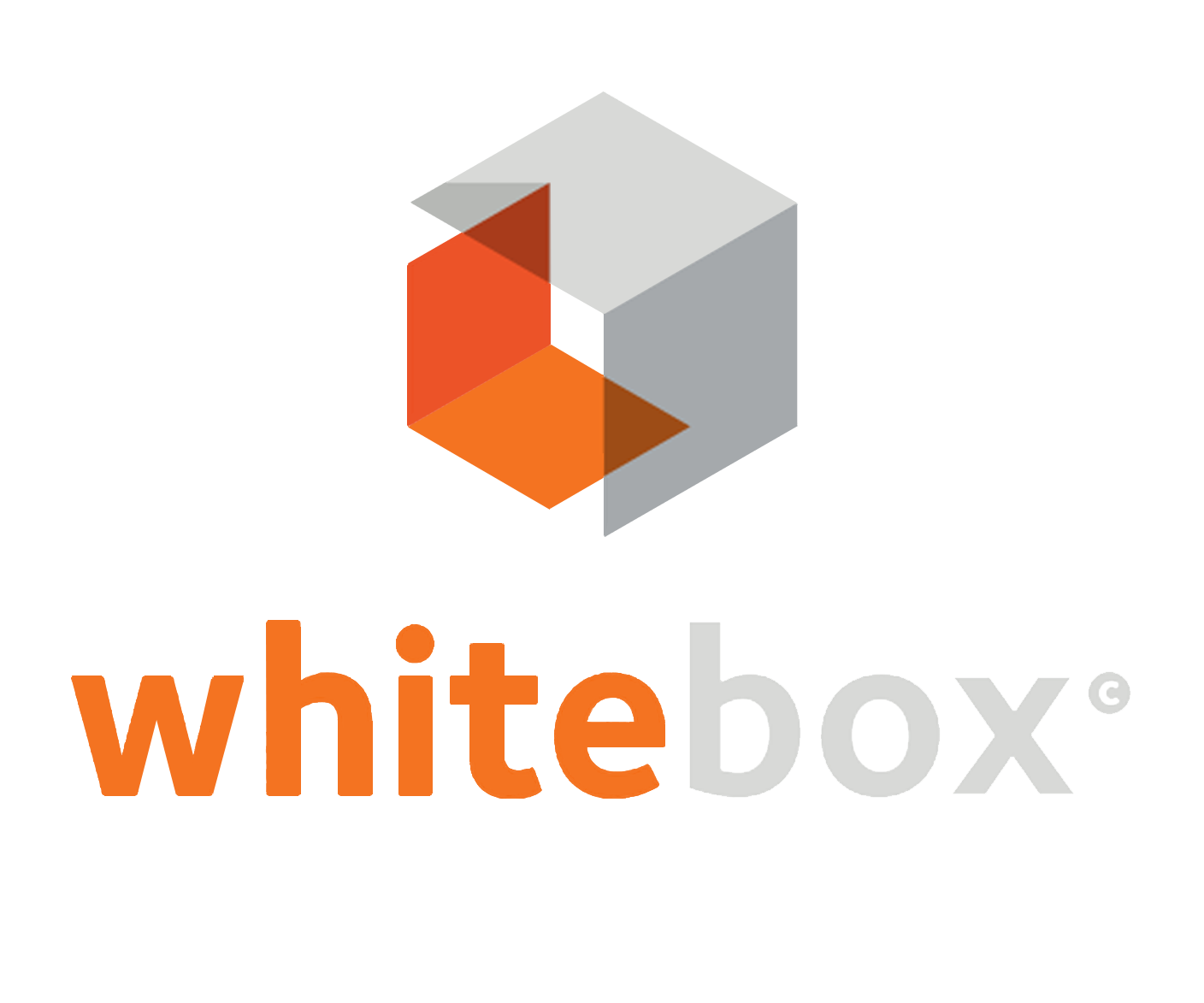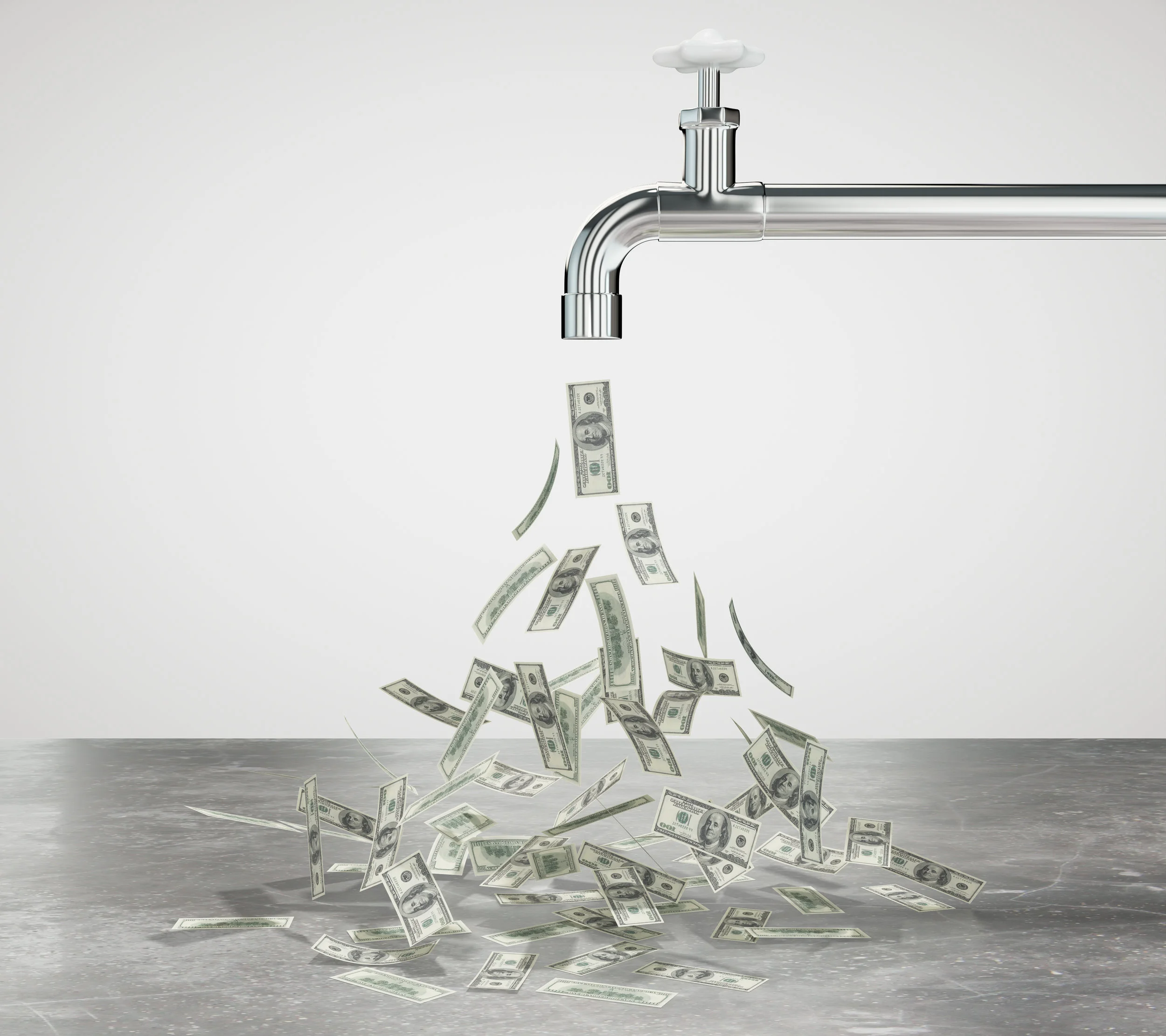How can I improve cash flow in my trades business?
One of the biggest problems our customers face is managing “cash flow.” All too often, it seems like the money going out (outgoings) is higher than the money coming in (income). It doesn't feel like you've much spare cash, even if you’re busy all the time. You want to get your van sign written or buy that van racking you've had your eye on, but you’ve got to find the money for the quarterly VAT bill first.
This problem is more common than you might think. One of the main reasons why businesses fail – particularly early stage start-ups – is they don’t have enough cash in the bank to pay their bills. Cash flow is the life blood of every business – it’s like the fuel in your petrol tank. If the tank (your bank account) isn’t kept topped up, your van (business) will grind to a halt.
There’s an old saying in the business world: “turnover is vanity, profit is sanity, but cash flow is king.” Understanding and managing your cash flow is an essential part of running a successful business. A large turnover means little if your financial outgoings are equally large, or if you haven’t got around to invoicing your customers for payment.
What is cash flow management?
Put simply, cash flow management means ensuring the amount of money coming into your business is greater than your outgoings.
Poor cash flow management is one of the top reasons so many start-ups fail in their first few years. It doesn’t have to be this way. The principles of good cash flow management are very straightforward.
Steps to improving cash flow
There are a few cash flow essentials that will help you keep the tank full in your business. Here are our top 10 tips
1. Prepare and maintain a cash-flow forecast
Preparing and maintaining a cash-flow forecast to project your income and expenditure over the coming months will help you to gauge whether there’s enough money flowing in to your business to (a) pay your bills (b) invest in growing your business (c) generate a healthy profit and (d) pay you the level of income you deserve.
Our cash flow forecast will help you with this. You can download a copy of our cash flow forecast template HERE.
2. Use your cash flow forecast to inform your business strategy
Once you’ve put together your cash flow forecast, think about what it’s telling you. Is expenditure higher than income some months? It’ll almost certainly have cash flow problems if this is the case. Do you have enough cash to pay larger bills like the VAT or HMRC? Are you on track to generate a healthy profit? Have you got enough confirmed work booked?
Use this information to decide what you need to do anything differently to ensure you’re not going to hit a cash crunch. Do you need to increase your marketing activities to generate more sales for example?
3. Build up a contingency fund
A contingency fund is a reserve of money you’ve set aside to act as a financial buffer in the case of late payment of invoices, breakdown of equipment, tool theft, illness etc. The size of the contingency fund you’ll need will depend on your payment terms with clients.
If your customers normally settle their invoices within a couple of weeks of the job being completed, a contingency fund equivalent to 2-3 months of expenditure may be sufficient. If your payment terms are 30, 60 or even 90 days, then you’ll need a much larger contingency fund to ensure that your business can continue to trade if bills are settled late.
4. Set up a separate business savings account
Operate two business bank accounts, one for the day-to-day running of your business and a second to house your contingency fund as well as any other money you need set aside e.g. to pay tax bills and your annual insurance premium.
5. Agree clear payment terms
Establishing clear payment terms with your customers from the outset is important so that you know exactly when a payment is overdue. State your payment terms visibly and clearly rather than leave it up to the customer to decide when your invoice should be paid.
6. Invoice promptly
Some factors that influence cash flow are in your own hands so invoice clients as soon as the work is completed. Not doing so can make your business look indifferent to getting paid! If you wait two weeks after the work has been completed before you invoice, don’t be surprised if it takes a further two weeks before that cash arrives in your bank account. Issuing your invoice by email will mean the customer will receive it immediately and you will have a record of it being sent.
7. Make payment easy for your customers
Making payments should be made as easy as possible for your customer. Try to avoid being paid by cheque as this will result in delays before the money arrives in your bank account. Online or card payments are a much better option.
8. Take partial payment in advance
Do ask for a deposit up front to cover the cost of materials and getting the job going. No reasonable customer should be offended by such a request.
You might charge a percentage of the projected bill or a set amount as a retainer before you start work on a project with the remainder due on completion of the task. Or in some instances, break the bill into instalments, asking for the first instalment before work starts, further instalments staged through the course of the project and the final instalment upon completion. The beauty of an instalment plan is this ensures that you get paid something even if the customer or client defaults on the rest of the bill.
9. Establish a follow up procedure for customers who miss payments
The more quickly you follow up on a missed payment, the better your chance of getting paid. Set up a system for flagging late payments and a standard procedure for contacting the customer or client when his or her payment is late.
10. Use technology to manage your accounts
Technology makes it much easier to manage your accounts thanks to cloud-based accounting software like Invoice2go and Xero. You can view your accounts on the move via my laptop, tablet or mobile phone. Your bookkeeper can have access to these systems so that they can input data for you and your accountant can use this information to prepare your annual accounts.
Don’t forget you can download a copy of our cash flow forecast template HERE.
You may also find these articles helpful:

